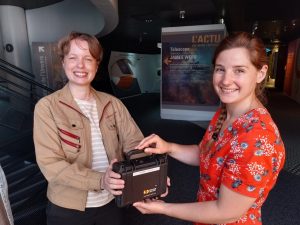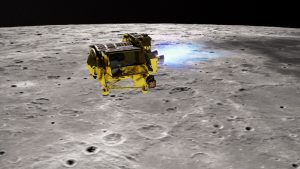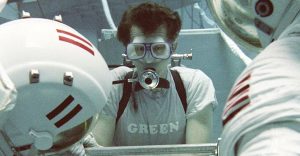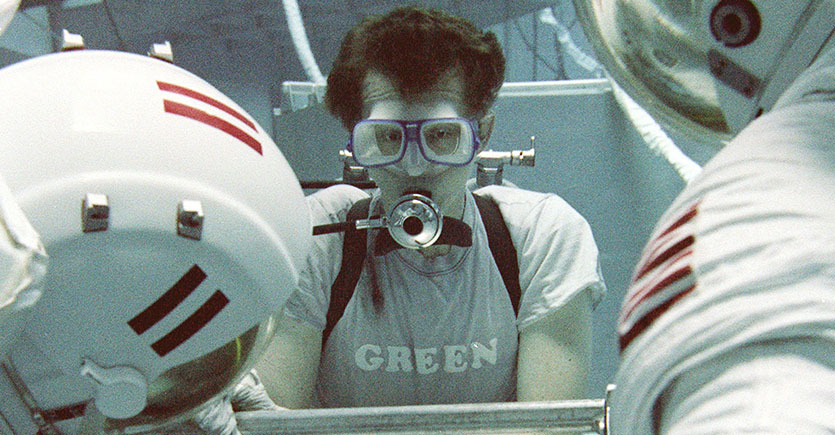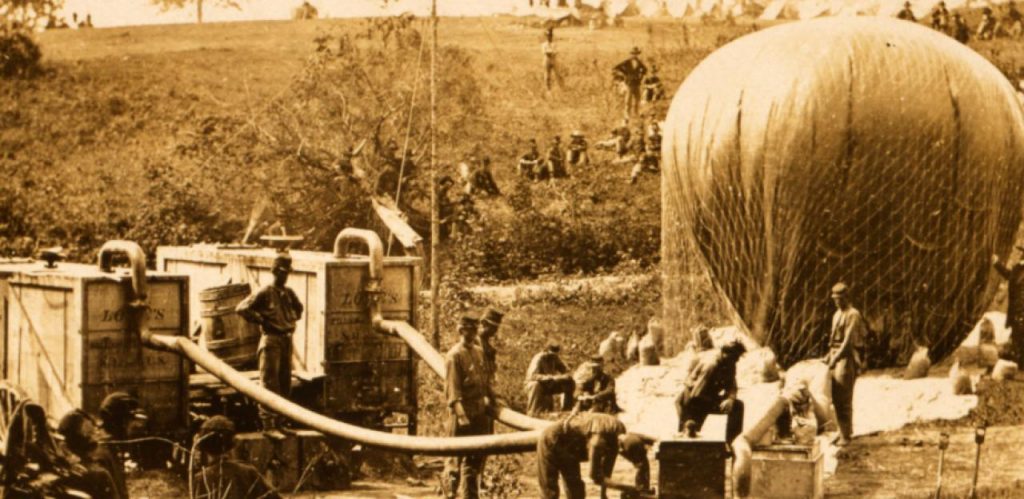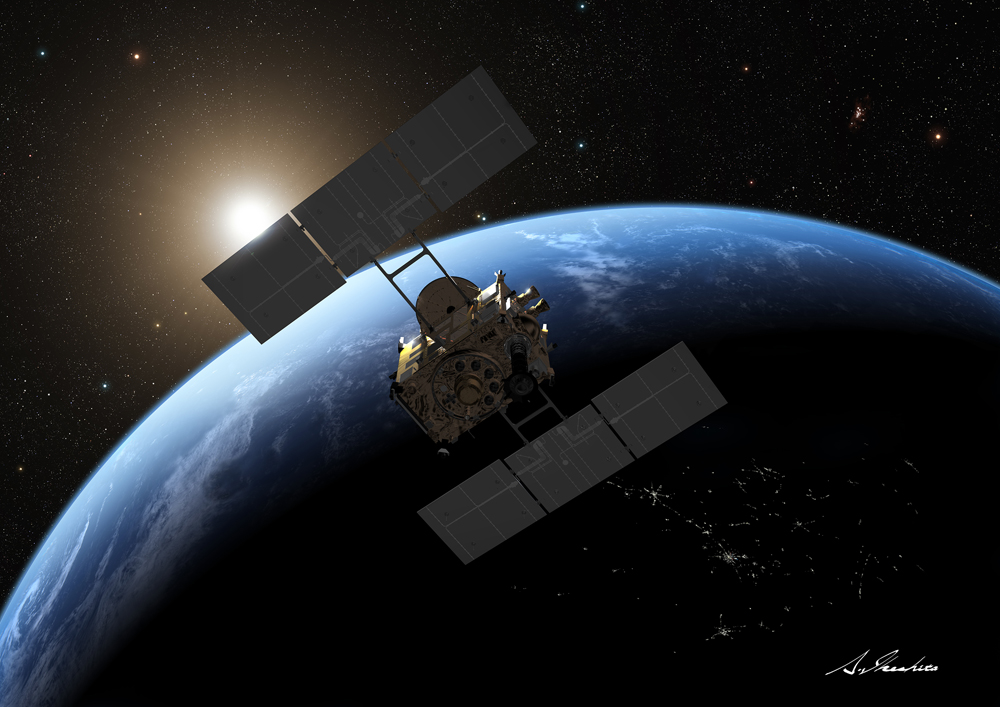
Planetary Protection and Our Search for Life
“There are fundamental processes we cannot study here on Earth,” explains Gerhard Kminek, Planetary Protection Officer for the European Space Agency (ESA). “Geological processes have destroyed the evidence. We need to go somewhere more benign where conditions have not altered so much.”
Understanding how life arises on a planet is a major focus for the ISAS Solar System Sciences Department. From sample return with Hayabusa2 and the Martian Moons eXploration mission, through to our instruments onboard the ESA JUICE mission to the icy moons, we are tracing how water and organics flowed around the infant Solar System.
Yet, visiting another world has serious risks. How can we ensure we do not contaminate our destination with microbes from Earth? Similarly, we may bring extraterrestrial life back to Earth that endangers our own environment.
While the radiation in space can cleanse the exterior of a spacecraft, cavities and gaps around each nut and bolt may provide sufficient protection for microbes to survive the ride. Indeed, the ISAS Tanpopo astrobiology experiment aboard the International Space Station has confirmed that certain types of bacteria can survive in low Earth orbit if protected within an agglomeration less than a millimetre thick. Contaminating another world could damage any life that had evolved and invalidate the mission science.
To protect against this occurring, the Outer Space Treaty was formulated and signed by 110 countries that include Japan. These parties agree to adopt appropriate measures to prevent contamination of other celestial bodies and any harm to the Earth’s environment by bringing material back home. Documentation for the procedures required to avoid contamination is maintained and distributed by the Committee on Space Research (COSPAR), which consists of an international community of scientists.
Helping to develop these policies and their practical implementation is the PPOSS project; the Planetary Protection of the Outer Solar System. PPOSS focusses on Mars, Europa and Enceladus, which have the greatest potential to harbour life in our Solar System beyond the Earth. In May this year, PPOSS and COSPAR organised a planetary protection tutorial with ISAS to present the policies and practices designed to protect our Solar System.
COSPAR planetary protection regulations divide missions into five categories, depending on the risk of biological contamination. The lowest category is for destinations that have no direct connection to understanding chemical evolution or the origins of life. This progresses up to Category IV for missions that plan to land on a biologically interesting location, such as Mars or Europa, and Category V for missions that return a sample to Earth.
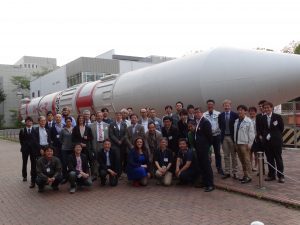
Notably, it is not only the final destination that sets the mission category. Spacecraft that pass close to other planets must consider chance contamination, or the likelihood of a system failure diverting the spacecraft into a collision.
ISAS is contributing one of the two orbiters on the ESA-led BepiColombo mission to Mercury. Mercury itself is a Category I destination, with no connection with origins of life studies. However, BepiColombo must pass close to Venus during its journey which lifts the mission designation to Category II.
The return journey for Hayabusa2 is a Category V mission, since the spacecraft will bring samples from asteroid Ryugu back to Earth at the end of 2020. The current journey to the asteroid is a Category II mission, since Ryugu is thought to harbour organic molecules relevant to the origins of life, but not any living organisms. However, mission scientists had to prove that a failure would not send the spacecraft hurtling into Mars.
To quantitively assess the risk of a Mars collision, the Hayabusa2 team considered what errors could cause the spacecraft to veer onto an unrecoverable path. The largest risk came from either a collision from an unseen asteroid or failure of the spacecraft’s ion engines. The risk of these events occurring, combined with the resulting trajectory intersecting Mars, gave a probability of Hayabusa2 hitting Mars within 50 years of launch of just 0.0000000000001, well below the accepted limit of 0.0001. Hayabusa2 kept its Category II outward designation.
Exactly what each category requires depends on the mission details. When travelling to a biologically sensitive area, the default limit is that the probability of contamination (the chance of a viable organism being transferred from the Earth to the planet) must be below 0.0001. It is a limit that was laid down by Carl Sagan and Sidney Coleman in the 1960s and still applies to locations we know little about, such as Europa and Enceladus.
Since the first mission to the Martian surface in the 1970s, our knowledge about conditions on Mars has increased enormously. The surface of the red planet is better known than for the Earth, since much of our planet’s surface lies under the ocean. This knowledge allows more precise requirements to be laid down for visiting spacecraft. A Mars orbiter which does not touch the surface must carry less than 500,000 spores per square meter. A lander whose scientific purpose is not astrobiology must reduce this to 300,000. Should the purpose of the mission be to study potential life on Mars, then the risk of a false positive result means the spacecraft must carry no more than 30 spores per square meter.
“You get a wrong geological result? No-one cares,” points out Andy Spry from the SETI Institute, noting that such a mistake could be corrected in future research. “You get a wrong life-on-Mars result? Everybody cares.“
The discovery of life on Mars would affect all future missions to the planet, since extreme care could need to be taken so studies did not interfere with its existence. As a result, it is particularly important that instruments for detecting life do not inadvertently measure microbes brought from Earth.
Counting spores is a game of probabilities. Bacteria are everywhere and immensely resilient. Spacecraft sterilisation reduces the fraction of spores liable to survive until it is below the accepted limit, but an exact count (or total annihilation) is impossible.
For the Martian Moons eXploration mission, the category of the spacecraft’s outward journey is currently undecided, since Phobos and Deimos have not been previously visited. However, the proximity to Mars means that ISAS will be taking particular care that the spacecraft does not pose a risk to future missions searching for the beginnings of our existence.
—
Slides from the Planetary Protection Tutorial can be found on the PPOSS website.
 Previous Post
Previous Post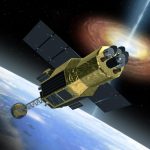 Next Post
Next Post

